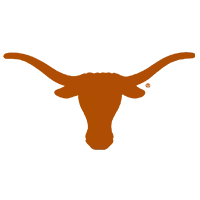AUSTIN, Texas – The No. 3 Texas Volleyball program fell to No. 10 Wisconsin in the NCAA Regional Final, 3-1 (22-25, 21-25, 25-20, 19-25), Sunday night. Sunday night’s appearance marked the 18th time in 20 seasons the Longhorns reached the…

AUSTIN, Texas – The No. 3 Texas Volleyball program fell to No. 10 Wisconsin in the NCAA Regional Final, 3-1 (22-25, 21-25, 25-20, 19-25), Sunday night. Sunday night’s appearance marked the 18th time in 20 seasons the Longhorns reached the…